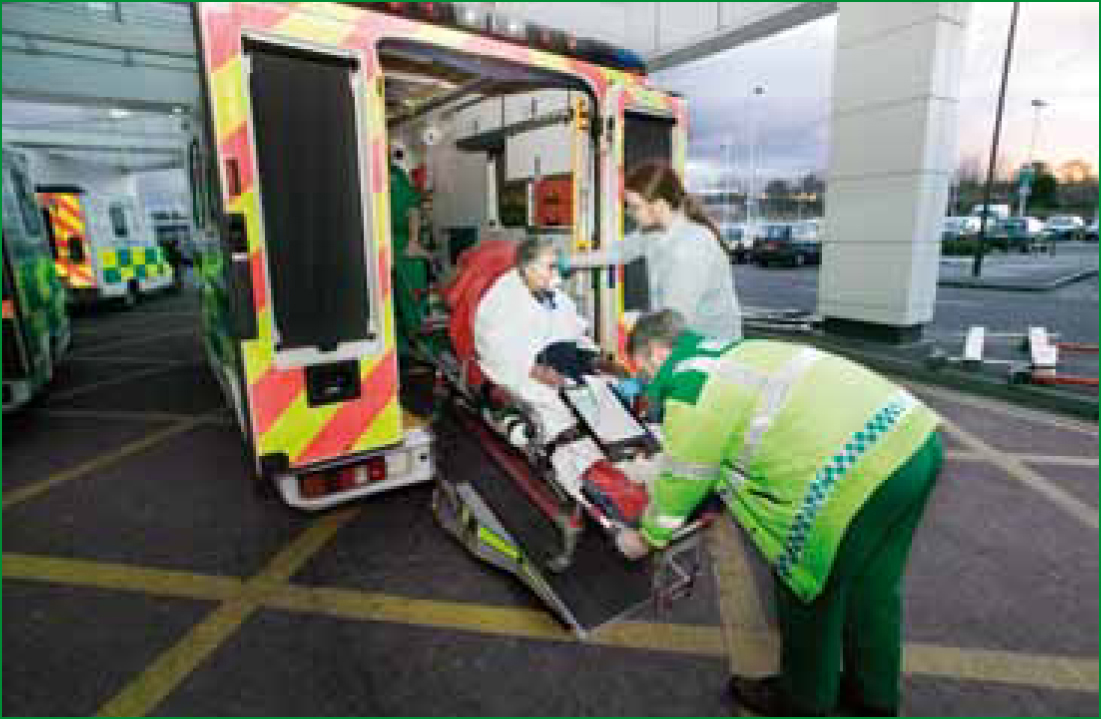Undertaken in Sweden, this qualitative study focuses on patients’ experiences of prehospital care in non-traumatic, non life-threatening situations. In total, 20 patients were interviewed: 8 males and 12 females. Their ages ranged between 34 and 82 years and all of them had used the ambulance service in the three months prior to their interview.
The interviews explored two main areas: the event that led to someone calling for an ambulance including factors influencing the initial decision to use the ambulance service (this data is not reported here as it is included in a previous paper: Ahl et al, 2006); and the patients’ experiences of care once the ambulance had arrived (the focus of the current paper).
The interviews were carried out in the patients’ own homes and these were audio recorded and transcribed verbatim in preparation for analysis. Through processes of reflection and interpretation, the researcher scrutinised the data searching for similarities and differences.
Ultimately five themes emerged: Transportation or Care; Acceptance or Rejection; Participation or Exclusion; Giving oneself over or Calling the care in question; The emergency ward; Relief or Negative contrast.
The authors identify that only one of the 20 participants had a wholly negative encounter with prehospital care, but the findings highlight areas where differences in expectations between the patient and the clinician could potentially have resulted in an increased number of negative experiences.
Most of the participants were surprised that the ambulance service was more than a transportation system and that it is, in fact, equipped with skilled practitioners who are competent to treat patients on scene when appropriate.
Many of the participants reported feeling safe in the care of ambulance staff. Having a one-to-one relationship with their prehospital clinician enhanced patients’ feelings of security. This was not necessarily replicated in the emergency ward setting (if transferred) where participants frequently reported being just one of several patients and where they felt unsafe and/or isolated.
If the patient had not had a positive experience of prehospital care, it appeared that they were relieved to arrive at the emergency ward, irrespective of how busy the receiving unit was at the time of admission.

The authors suggest that the clinician's ability to inspire confidence and trust in the early stages of the therapeutic relationship can determine the quality of the overall prehospital care experience for both patients and ambulance staff.
Although the findings are not generalizable due to the qualitative nature of the research, this study provides a fascinating insight into patients’ experiences of prehospital care—some elements of which may be relevant to UK practice.
